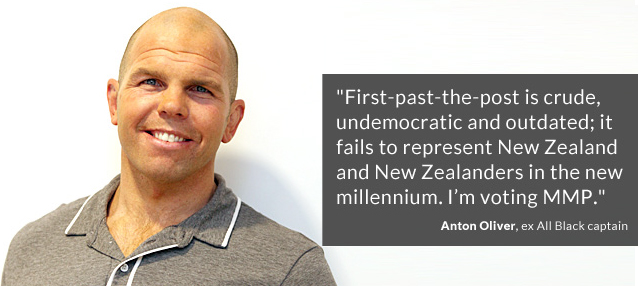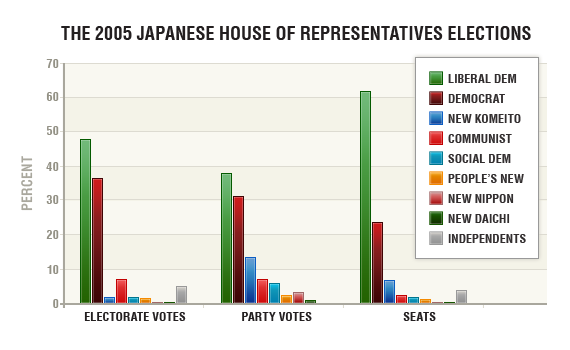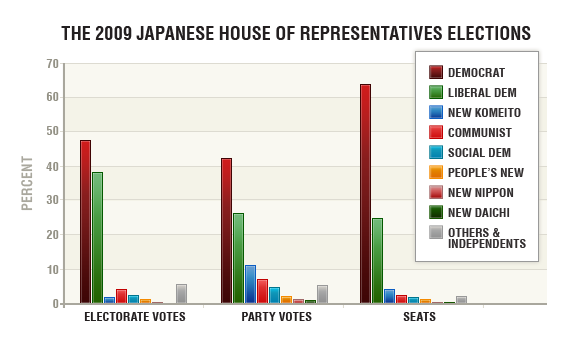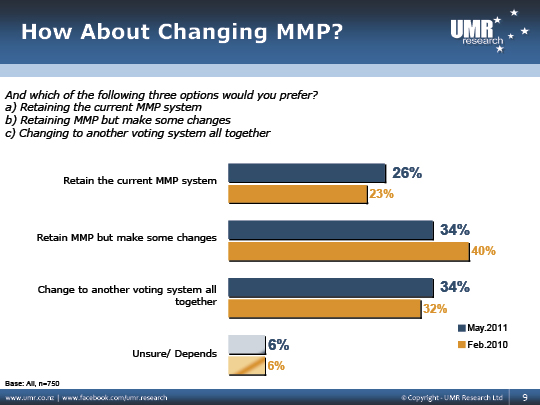National’s Power sets scene to retain and change mmp

Anton Oliver: ‘supports the fact that there will be a review of mmp if people vote for it. He says mmp could work even better if it had a few tweaks.’ image Campaign for mmp
Some’ll see it as fiddling while climate warms.
And never mind reviewing the electoral system, many see democracy as inherently incapable of responding adequately to avert runaway global warming, and hanker for a benign dictator.
Famously James Lovelock, father of the Gaia hypothesis, told the Guardian that climate change may be an issue as severe as a war and that
It may be necessary to put democracy on hold for a while.
But more democracy, rather than less, is the key to untying the hands of legislators. The current minister of mining will happily take the probable re-election of a National-led government in November as a mandate to mine Southland’s lignite. Whereas if put to a referendum, legislation banning extraction of the egregiously carbon-dioxide-emitting brown coal would likely be supported.
In a political system dominated by two major parties, and without recourse to referendums or meaningful deliberative democracy, disparate issues are conflated. A voter cannot, for example, support both the agricultural greenhouse gases initiative of National, and the Green policy to leave lignite in the ground.
Party politics are universally loathed. In Aotearoa, party politics were loathed strongly enough, and for long enough, for there to eventually be a royal commission, in 1985, to address electoral reform.
Two aspects of party politics were particularly despised.

Drag Race: Japan’s supplementary member system is first-past-the-post in drag, exaggerating the two largest parties’ representation and leaving minor parties with virtually none. chart NZ Electoral Commission
The first was the disingenuous bagging by the opposition of everything decided by the government, regardless of merit. And, conversely, the deriding of every suggestion by the opposition, regardless of merit. The widespread sentiment of voters was: ‘We have elected you to run the country, we now expect you to work together in the country’s best interest.’
The second aspect that was despised was that it was a closed two-party club. In 1981, regardless of a third party gaining 21% of the vote, it won a mere 2.5% of the seats. This lack of proportionality, or ‘fairness between political parties’, was first in the royal commission’s list of 10 criteria to meet:
The number of seats in the House should roughly reflect the number of votes received
The commission didn’t attempt to re-invent the wheel. Rather, it examined proportional voting systems already in use, before deciding on that adopted by Germany in 1949 for its first free election since Adolf Hitler became its dictator.
An objective of the personalisierte verhāltniswahl (personalised proportional system), was to localise, or personalise, representatives. In other words, voters would elect a local representative, ultimately and solely responsible for their electorate.

And Tweedledee: Japan’s supplementary member outcomes have the hallmarks of first-past-the-post, where one of two parties enjoys absolute power, turnabout with the other. chart NZ Electoral Commission
The commission correctly judged that New Zealanders highly valued that aspect of representative democracy. If anything, the commissioners under-estimated the sentiment, as one of the things that galls many voters is where an electoral representative is ‘voted out’, only to remain in Parliament as a list member.
Adding insult to that perceived injury, many were already unhappy that even more members of parliament had been foisted upon them, with the change to proportional—Parliament increased in plague proportions from 80 to 120 members, in 30 years.
An extra 21 members had been deemed necessary by the commission, in order to retain the maximum number of electorates, whilst providing sufficient list seats to guarantee good proportionality. That there was, and is, a better means of achieving proportionality with fewer list seats escaped the commissioners, but in fairness, no other country had realised the elegance of combining preferential with proportional—the Rolls-Royce, as opposed to Mercedes-Benz, option.
Of the alternatives to the mixed member system that the government has chosen to put to the vote, none is particularly proportional:
First-past-the-post The arch non-proportional system. It even allows the least popular of two major parties to govern in its own right.
Preferential voting Prevents the least popular of two major parties to governing in its own right, but disenfranchises minor parties, as evidenced by the Australian Greens that are twice as popular as its Aotearoa counterpart.
Single transferable vote Provides a small degree of proportionality, but at the expense of small parties and of single-seat electorates.
Supplementary member As Labour’s Jacinda Ardern asserts in her erudite broadside, supplementary member is first-past-the-post in drag. It exaggerates the first-past-the-post majority and like that crude system, cheats minor parties of any meaningful representation.

Disproportional Support for Proportional: Some 60% support Aotearoa’s proportional voting system, either as is, or with ‘some changes’. chart UMR-Research
Fortunately, New Zealanders are not sold on these alternatives. The most recent polling has Don Brash’s darling, supplementary member, supported by a mere 3%. Dr Brash is looking more than usually awkward, with his takeover of the Act Party that, without a highly proportional system complete with coattails provision, would have no parliamentary representation.
Next least-popular is preferential voting, at 8%, then single transferable voting at 17%.
At 40%, first-past-the-post appears to be the option that would be go up against mixed member proportional, if on 26 November New Zealanders vote to change the electoral system.
But it is appearing less and less likely that there will need to be that second referendum. Justice Minister Simon Power’s astute undertaking to have mixed member proportional reviewed if New Zealanders vote to retain it has resulted in a solid 60% now in favouring retention the system, as is or with ‘some changes’.
Only 34% want to change to another system altogether.
Mixed member proportional got off to a perfectly awful start in 1996, when Winston Peters, after two days shy of two months, succeeded in coercing a power-addicted Jim Bolger make him deputy prime minister of the party he’d campaigned long and vociferously against. Not that Labour had a mandate to lead a government, given it had won seven seats fewer than National. The only honourable option, a grand coalition, escaped Labour, which had prematurely claimed victory on election night.
Between now and the first referendum, big business will throw a bunch of money at a bid to sell the supplementary member system. A little will go towards defending proportional voting but the best hope for its retention is that voters study the excellent summary of the alternatives prepared by the Electoral Commission.
The commission has stuck with its inane orange cartoon character to narrate videos on the respective systems. It is to be hoped that the singularly uncharismatic character will not turn off droves of voters who might otherwise be open to learning why mixed member proportional, with or without changes, should be retained.
Key findings
Key findings of the UMR Omnibus Results May 2011 – The mmp Referendum:
Support for changing the electoral system has waned slightly over the last year.
- 50% now want to retain mmp (up 1% since February 2010) while 40% want to switch to another system (down 2%).
- Support for retaining mmp is highest in Wellington (65%) and amongst under-30-year-olds (64%) and lowest amongst rural residents (38%) and over-60-year-olds (40%).
When New Zealanders are given the third option of ‘retaining mmp but making some changes to it’ there is still significant support for some sort of change to the electoral system.
- 34% want to retain mmp but make some changes (down 4%)
- 26% want to keep mmp as it is (up 3%)
- 34% want to change to another system altogether (up 2%).
The old First Past the Post system is the clear leader amongst the four alternate systems which will be included in the referendum.
- 40% prefer First Past the Post, the system used for elections up until 1993.
- 17% like Single Transferable Vote (stv), the system used in Ireland and in Australia’s senate.
- 8% prefer Preferential Voting, the system used in Australia’s lower house and, under its other name of Alternative Voting, the system rejected in a United Kingdom referendum last week.
- Just 3% support Supplementary Member, the system backed by Put mmp to the Vote Campaign and by Don Brash in 2011 and John Key in 2008.
- 32% cannot choose a system, and it seems likely that most people do not know very much about stv, Preferential Voting or Supplementary Member.
